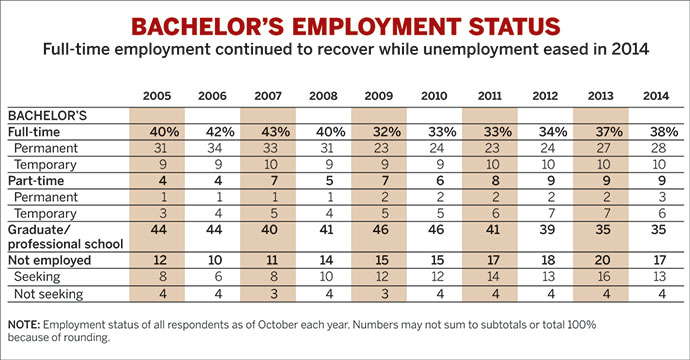Gotta say, the announcement of a bank holiday was rather surprising to me, although it probably should not have been. But I could have sworn I heard news reports over the weekend claiming that there was little likelihood of such a thing.
Any bold predictions as to how this all will play out? I foresee continued muddling through, but I could be wrong.





